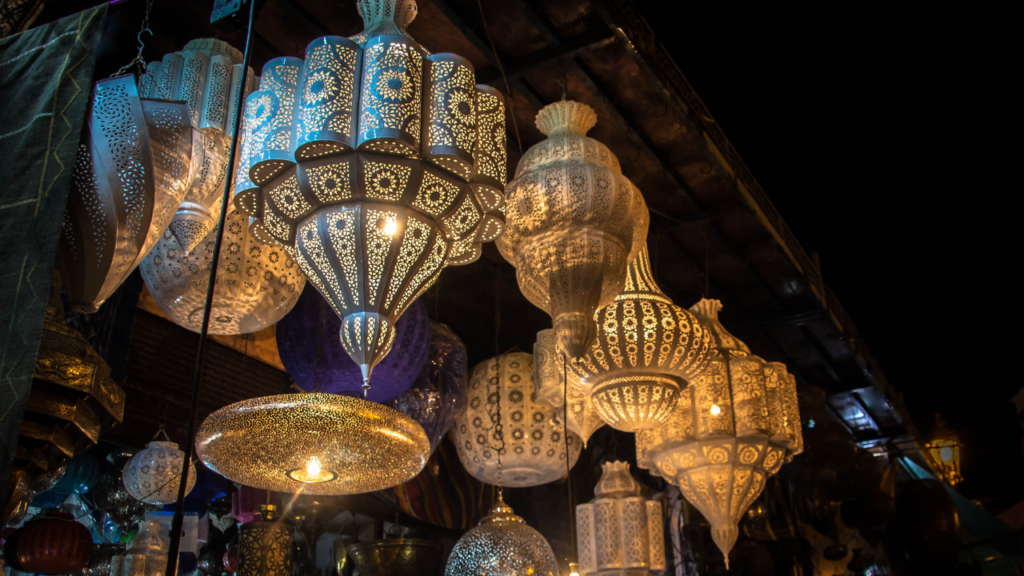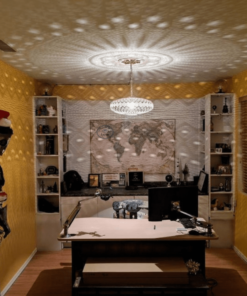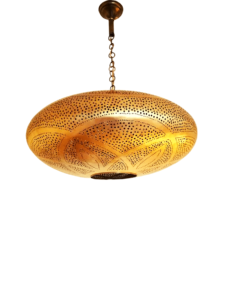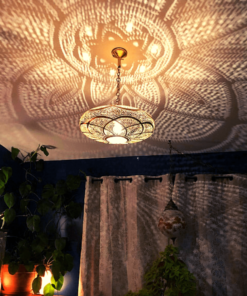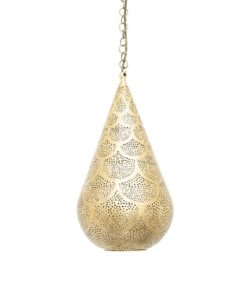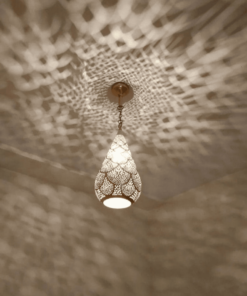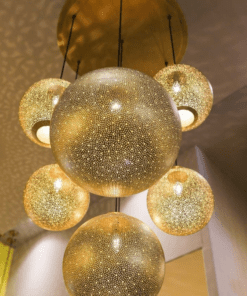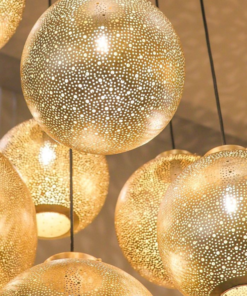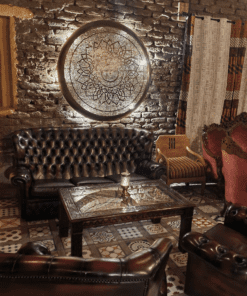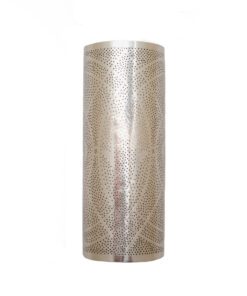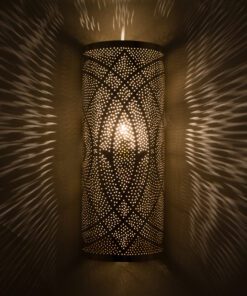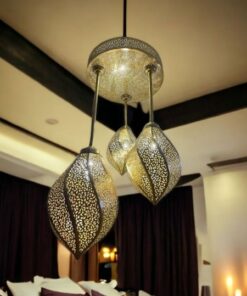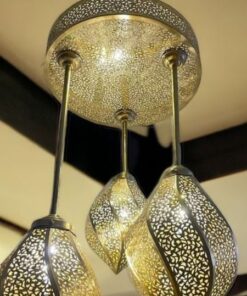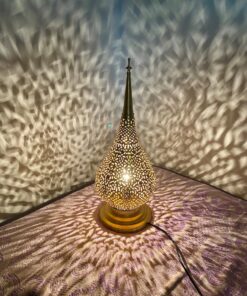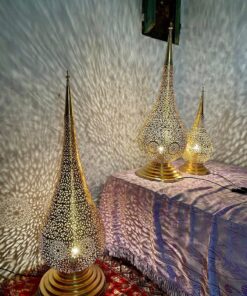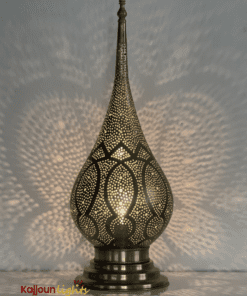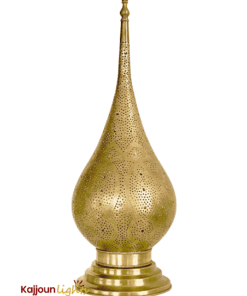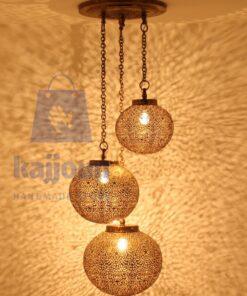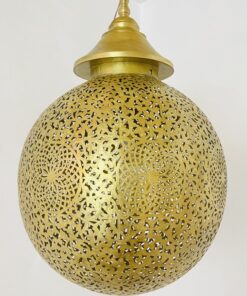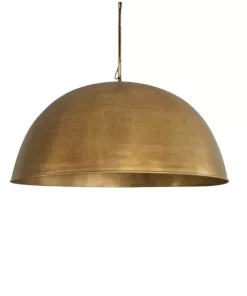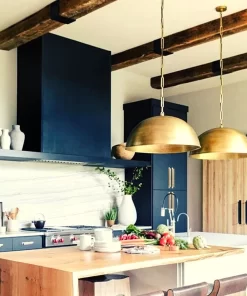Uncategorized
Creating an Exotic Ambiance with a Moroccan Chandelier
I. Introduction
A. Brief Overview of Moroccan chandeliers
Hey there, light-fanatics! Did you know that Moroccan chandeliers are kind of like the Beyoncé of interior design? It’s true! They’re stunning, versatile, and have this mysterious, alluring quality that can transform any room into an exotic getaway. Inspired by centuries-old Moroccan culture, these chandeliers are more than just light fixtures—they’re functional pieces of art that serve up a big dose of dazzle.
B. The Significance of Lighting in Moroccan Culture
In the sun-drenched landscapes of Morocco, lighting plays a special role, my friends. It’s not just about illuminating the dark, oh no—not when you can instead create a moody, magical ambiance that’s as mysterious as a Moroccan souk at twilight. Picture this: It’s a balmy evening, you’re sipping on some mint tea, and the only light in the room is coming from an intricately patterned chandelier hanging overhead. Doesn’t it make you feel like leading a desert expedition?
C. Understanding the Role of Moroccan Chandeliers in Home Decor
Now let’s chat about how these lighting masterpieces fit into the decorating equation. First off, if you’re in the market for an instant style boost—bam!—Moroccan chandeliers hit the spot. They offer an exotic focal point, a blend of traditional and contemporary patterns, and a captivating dance of light that’s sure to leave your guests slack-jawed—guaranteed.
II. History and Evolution of Moroccan Chandeliers
A. Origin and Early Forms of Moroccan Chandeliers
Back in the day, Moroccan chandeliers started life as functional lighting fixtures, kind of like lanterns with altitude. Picture a humble iron pot hanging from the ceiling with a candle flickering inside to ward off the chill of the desert night.
B. Evolution through the Ages: From Basics to Intricacies
Then came a revolution—a design revolution, to be exact! Moroccan artisans started jazzing up these fixtures by adding intricate carvings, soldered patterns, and hangings, transforming them from plain-old hanging pots to objects of envy!
C. Influences and Interplay of Cultural Elements in Moroccan Chandeliers
Past and present, Moroccan art has always behaved like a bit of a cultural chameleon—it absorbs influences from various cultures like a sponge, then does a sort of design remix. From the Berbers’ rustic aesthetics to the intricacy of Islamic art, these different elements found their way into chandelier design, creating an eclectic blend of cultural charisma.
III. Design and Craftsmanship of Moroccan Chandeliers
A. Hallmarks of Traditional Moroccan Chandelier Designs
Those hallmarks you ask? Well, think intricate hand-cut patterns, delicate filigree work, colorful beads, and jewel-like glass pieces. Moroccan chandelier design is much like a flavorful Moroccan stew, a tantalizing mix of different elements cooked to perfection over time.
B. The Artisan’s Process: From Material Selection to Final Product
Each Moroccan chandelier is a labor of love, meticulously handcrafted by skilled artisans. From picking the right material to patiently molding and shaping it, and then lavishly decorating it—the process is no short of an artist giving shape to his abstract muse. True craftsmanship at its best!
C. Influence of Architecture and Local Motifs on Design
Moroccan architecture, with its iconic arches and vibrant zellige tilework, has a major say in chandelier design. You’ll see these familiar motifs spun into 3D, lighting up your ceiling with a spin on Moroccan panache that’s as impressive as a Rabat ruin.
IV. Types and Varieties of Moroccan Chandeliers
A. Traditional vs. Contemporary
Traditional or contemporary—quite the decor dilemma, right? While traditional chandeliers may transport you straight back to a Marrakesh marketplace, the contemporary versions are a modern spin, with simpler patterns and muted color schemes. In the end, it’s all about your personal style, darling!
B. Understanding the Different Materials Used
From metal to glass, ceramic to plastic—materials are as varied as the designs themselves. Certain materials ooze an antique charm, while others shine with a modern gleam. Remember: every material tells a story, so choose one that resonates with your soul.
C. Overview of Commonly Used Colors and Patterns
Moroccan chandeliers aren’t shy when it comes to colors—think ruby reds, sapphire blues, and emerald greens mixed with shimmery golds and silvers. Pattern-wise, we’re talking about jewel-like motifs, Islamic geometric patterns, and nature-inspired designs that’ll give your ceiling a striking facelift!
V. How to Incorporate Moroccan Chandeliers into Home Décor
A. Selecting the Perfect Moroccan Chandelier for Your Space
You don’t have to own a palace to hang a chandelier—in fact, even a cozy corner of your apartment can become a Moroccan sanctuary! Just pick a chandelier size that complements your space—smaller for intimate areas, grander for larger rooms. Also, consider the natural light in the room: How does the chandelier’s color and pattern play with that light throughout the day? No one wants to wear sunglasses indoors, am I right?
B. Balancing Between Functionality and Aesthetics
Million-dollar question: looks or usefulness? Why not both! Find a chandelier that not only screams “gorgeous” but also lights up your room appropriately. Pro tip: don’t hang it too low (unless you’re into head-banging) but not too high either. You want it to be the Goldilocks of light fixtures—”just right.”
C. Tips for Maintenance and Care of Moroccan lamp
Golden rule: treat it like royalty, and it’ll shine like a jewel. Wiping away dust regularly, using the right light bulbs, and handling with care during installation—these might seem trivial but can keep your exotic masterpiece luminous through the years.
VI. Conclusion: The Timeless Allure of Moroccan Chandeliers
A. Recap of Key Points Discussed
So, we dove into the world of Moroccan chandeliers, didn’t we? They’re a mystical blend of cultural history, craftsmanship, and sheer aesthetic brilliance—a true testament to Morocco’s artistic legacy.
B. The Impact and Influence of Moroccan Chandeliers Globally
These chandeliers have found their way into global interior design, casting a bewitching glow in homes and establishments far from their Moroccan roots. It’s safe to say, they’re no longer a hidden treasure but a shining star in the design universe.
C. Final Thoughts and Reflections
The take-home is this: whether you’re sprucing up a humble nook or a grand hall, a Moroccan chandelier can add a mystical ambiance that’s impossible to replicate.
VII. Frequently Asked Questions
- What Makes Moroccan Chandeliers Unique?They blend enchanting cultural motifs and craftsmanship, something you won’t find in your typical light fixture.
- How are Moroccan Chandeliers Made?Each phase of making a Moroccan chandelier—from choosing the material to the final polishing—is done by hand, making each piece a unique work of art.
- How to Pick the Right Moroccan Chandelier for My Home?Consider your space size, ceiling height, room style, lighting requirements, and of course, your personal taste. Translation: if it makes your heart sing, go for it!
Modern Dining Room Light Fixtures
Moroccan Pendant Light | Handmade Brass Lamp | Modern Pendant Lighting for Indoor & Outdoor Spaces
Bedroom Light Fixtures
Bedroom Light Fixtures
Modern Dining Room Light Fixtures
Openwork Copper Gold Chandelier – 6 Elements, Modern Art Deco Lighting Fixture
Bedroom Light Fixtures
Bedroom Light Fixtures
Bedroom Light Fixtures
Moroccan Pendant Lighting Set: Elegant Lamp Shades for Hanging Lights with Ceiling Plate
Bedroom Light Fixtures
Moroccan Floor Lamp
Modern Dining Room Light Fixtures
Bedroom Light Fixtures
Modern Dining Room Light Fixtures
SET OF 2 Brass kitchen pendant lighting – Brass modern kitchen lighting

